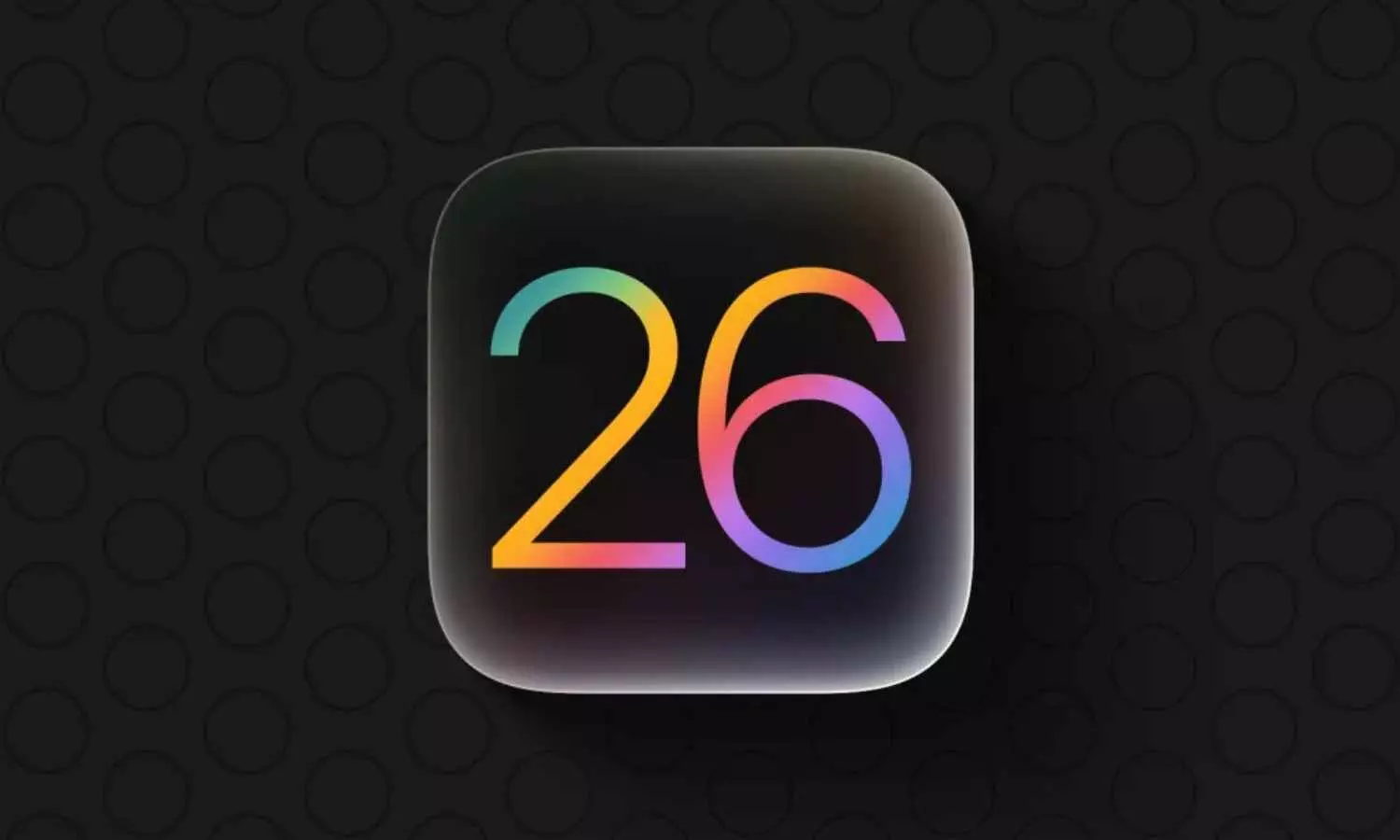Apple Changes iOS 26 Design After Liquid Glass Criticism
Apple adjusts iOS 26’s Liquid Glass UI after complaints about readability and performance. The third beta makes visuals softer and more usable.
image for illustrative purpose

Apple has begun to scale back its newly introduced Liquid Glass design elements in iOS 26, following critical user feedback over the past two beta releases.
Initially launched in June with iOS 26, the Liquid Glass interface represented a major shift in visual design across Apple platforms. The update emphasized translucent visuals and refractive layers that reshaped key areas of the user interface, including the Control Center and core system buttons. The update also brought deeper AI functions under "Apple Intelligence."
However, early impressions of the Liquid Glass style were mixed. Many users likened the design to Microsoft’s Windows Vista era, criticizing the reduced readability due to low-contrast elements. Concerns centered on legibility issues and overall clarity of text and icons.
In response, the second beta introduced blur effects to enhance contrast and usability. The third beta, now available to developers and testers, further softened the glass effect, pushing it toward a more frosted appearance. This adjustment altered several key visual components, most notably in the Control Center.
Social media reactions highlighted the shift. Posts on X (formerly Twitter) suggested the visual update felt like a step back. One user, @Tech-_Marcell, claimed the new look reduced the premium feel of the original iteration. Another, @iamnanyi, speculated the design rollback might be linked to performance issues on older iPhone models, including lag and thermal strain.
The evolving design has prompted calls for more customization. Some users urged Apple to offer appearance settings such as visual density, blur strength, and reflectivity to allow for user-controlled interface tuning.
Apple has not officially commented on these interface changes. The final version of iOS 26, along with other platform updates, is expected to arrive in September.

